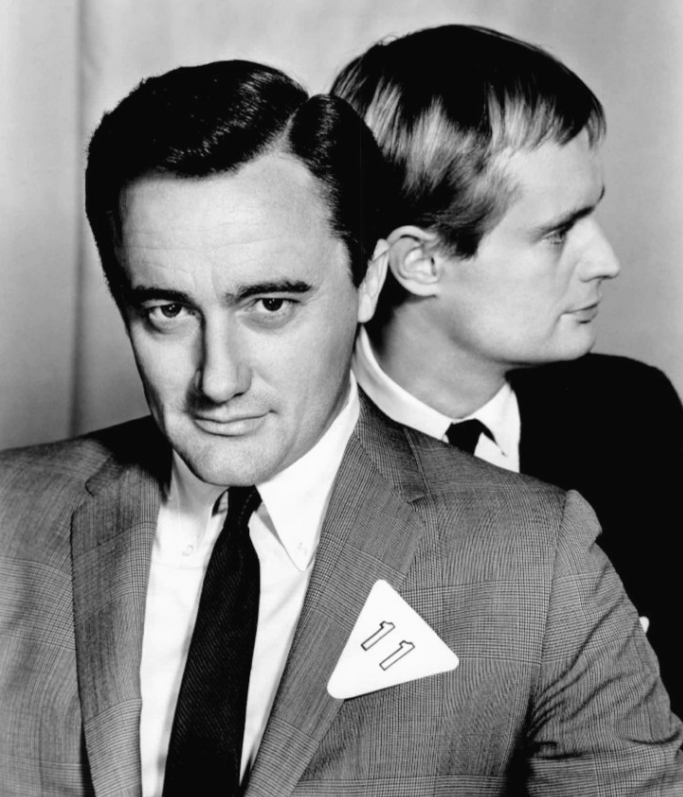What is “The Man from U.N.C.L.E.”?
The Man from U.N.C.L.E. is a 1960s American television series about two secret agents who work for a top secret government agency called U.N.C.L.E., which stands for the United Network Command for Law and Enforcement. The show was created by Sam Rolfe, and aired on the NBC channel from September 22, 1964, to January 15, 1968. The Man from U.N.C.L.E. was produced by Arena Productions and consisted of four seasons and 105 episodes.
The show’s premise
The main plot of The Man from U.N.C.L.E. mostly surrounds the organization called U.N.C.L.E. and its agents Napoleon Solo and Illya Kuryakin. Most episodes are about their attempts to foil the plans of villains or of another organization called THRUSH. THRUSH is an organization whose only goal is to conquer the world, they are U.N.C.LE.S.’ main nemesis.
Main characters of the show
There are three main characters in the series, along with quite a few guest stars. The main characters include Napoleon Solo, who is an American agent for U.N.C.L.E, and who was played by Robert Vaughn. The second main character is Illya Kuryakin; he is a Russian agent for U.N.C.L.E. He was played by David McCallum. The third main character is Leo G. Carroll, who is the head agent of the U.N.C.L.E. organization. He was played by Alexander Waverly. Other than these three characters there were not many recurring characters in the show, however there being many guest stars. Some of these included William Shatner, Leonard Nimoy, Barbara Feldon, Woodrow Parfrey, who appeared on the show five times, Richard Anderson, Joan Blondell, and many others.
The popularity of the series
Although The Man from U.N.C.L.E. is a fictional series, it became so popular that props and artifacts shown in the series have been placed for safe keeping in the Ronald Reagan Presidential Library’s spy and counterspy exhibit. Artifacts and props from The Man from U.N.C.L.E can also be found in Central Intelligence Agency museums and other United States agencies and organizations. The Man from U.N.C.L.E. has also been nominated for fourteen awards, including seven Emmy awards, five Golden Globe Awards, one Grammy award, and one Logi award. The awards the show has won include a Golden Globe award for Best TV Show and a Logi award for best overseas show.
The Man from U.N.C.L.E’s impact on American television
The Man from U.N.C.L.E. has become so popular over the years that there have been several spin-off TV shows and films made, novels and comic books written, merchandise sold, and even a Reunion TV movie. The spin-off series for this show was called The Girl from U.N.C.L.E. It is a series similar to The Man from U.N.C.L.E. in that it is still about the U.N.C.L.E. organization, however the main character is a female agent named April Dancer instead of a male agent. April Dancer was played by Stephanie Powers. The feature films that were based off of the show The Man From U.N.C.L.E. include To Trap a Spy, The Spy with My Face, One Spy Too Many, One of Our Spies is Missing, The Spy in the Green Hat, The Karate Killers, The Helicopter Spies, and How to Steal the World. There were also several comic book series and twenty-four novels written that were all based on The Man from U.N.C.L.E. series. The Man from U.N.C.L.E. will always be one of the world’s favorite action/adventure television series from the 1960s.
